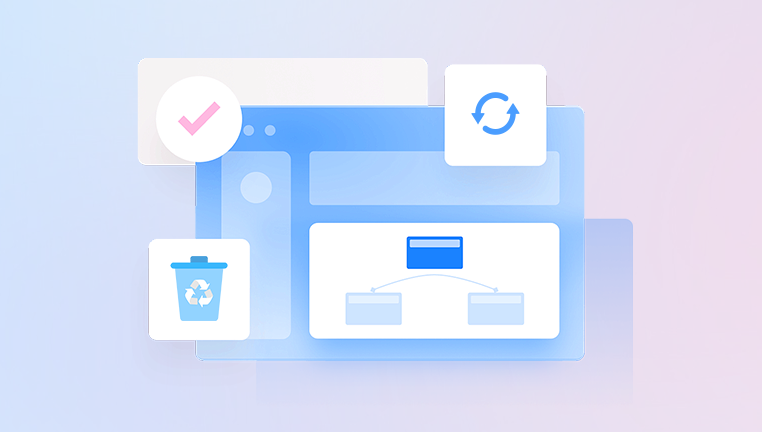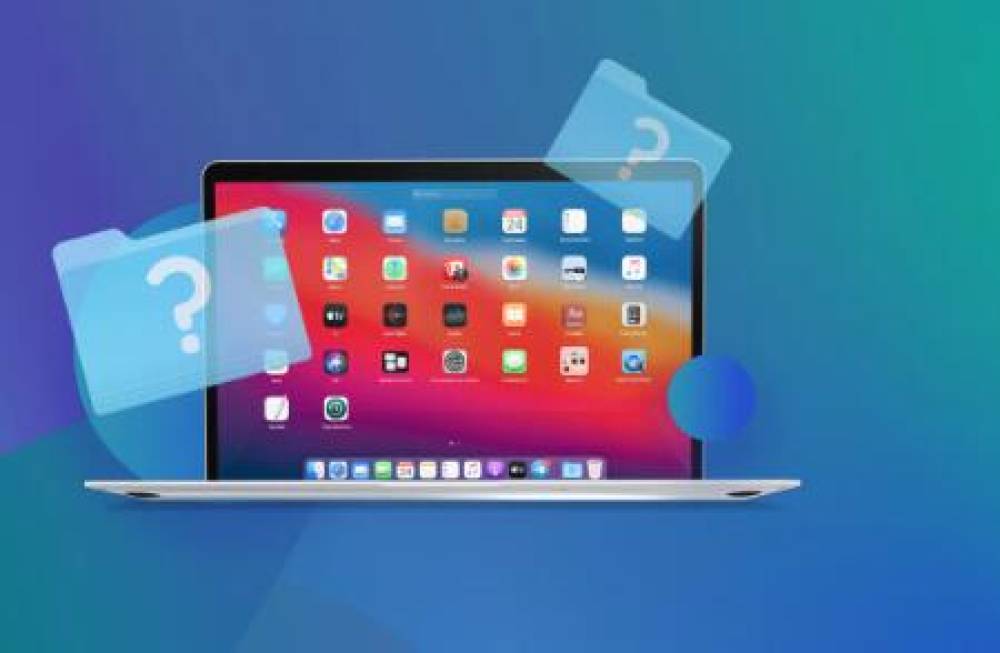The Recycle Bin in Windows 10 is a special folder where deleted files and folders are temporarily stored, allowing users to recover items they may have accidentally deleted. Here is a detailed guide on how to locate, use, and understand the Recycle Bin in Windows 10:
Finding the Recycle Bin
Desktop Icon
Default Location:
By default, the Recycle Bin icon is located on the desktop. Look for an icon that resembles a trash can with some crumpled paper in it.
Restoring the Desktop Icon:
If the Recycle Bin icon is not visible on the desktop, it might have been removed or hidden. To restore it:
Right-click on the desktop and select "Personalize."
In the Personalization window, click on "Themes" from the left sidebar.
Under "Related Settings," click on "Desktop icon settings."
In the Desktop Icon Settings window, check the box next to "Recycle Bin" and click "OK."

File Explorer
Accessing via File Explorer:
You can also access the Recycle Bin through File Explorer:
Open File Explorer by clicking the folder icon on the taskbar or pressing Windows + E.
In the address bar, type Recycle Bin and press Enter.
Using the Recycle Bin
Deleting and Restoring Files
Deleting Files:
When you delete a file or folder, it is moved to the Recycle Bin. This applies to most deletion methods, including right-clicking and selecting "Delete," pressing the Delete key, or dragging the item to the Recycle Bin icon.
Restoring Files:
To restore a file or folder from the Recycle Bin:
Double-click the Recycle Bin icon to open it.
Browse the contents and select the item(s) you want to restore.
Right-click the selected item(s) and choose "Restore." Alternatively, you can click "Restore the selected items" in the toolbar.
The restored item(s) will return to their original location.
Emptying the Recycle Bin
Manual Emptying:
To permanently delete all items in the Recycle Bin:
Right-click the Recycle Bin icon on the desktop.
Select "Empty Recycle Bin."
Confirm the action when prompted.
Automatic Emptying:
Windows 10 includes a feature called Storage Sense, which can automatically empty the Recycle Bin:
Go to "Settings" by clicking the Start menu and selecting the gear icon.
Click on "System," then "Storage."
Toggle on "Storage Sense" and click on "Configure Storage Sense or run it now."
Set your preferences for how often to delete files from the Recycle Bin.
Advanced Features and Tips
Customizing Recycle Bin Settings
Changing Storage Size:
The Recycle Bin has a default maximum storage size, after which older items are automatically deleted to make room for new ones. To change this setting:
Right-click the Recycle Bin icon and select "Properties."
Select the drive for which you want to change the Recycle Bin size.
Choose "Custom size" and enter the maximum size in megabytes.
Click "Apply" and "OK."
Bypassing the Recycle Bin:
If you want to delete files permanently without sending them to the Recycle Bin:
Hold down the Shift key while pressing Delete or while selecting "Delete" from the right-click menu.
Confirm the deletion when prompted.
Troubleshooting Common Issues
Recycle Bin Corruption:
If the Recycle Bin becomes corrupted, you might encounter errors. To fix this:
Open Command Prompt as an administrator by searching for "cmd" in the Start menu, right-clicking it, and selecting "Run as administrator."
Type rd /s /q C:\$Recycle.Bin and press Enter. Replace C: with the appropriate drive letter if necessary.
Restart your computer. Windows will automatically recreate the Recycle Bin.
Accidentally Deleted Recycle Bin:
If you accidentally delete the Recycle Bin icon from the desktop:
Follow the steps under "Restoring the Desktop Icon" to bring it back.
Keyboard Shortcuts and Tips
Quick Access:
You can quickly open the Recycle Bin using the keyboard shortcut Windows + R to open the Run dialog, then typing shell:RecycleBinFolder and pressing Enter.
Batch Actions:
To select multiple items in the Recycle Bin, use Ctrl + Click to select individual items or Shift + Click to select a range. This is useful for restoring or deleting multiple files at once.
Understanding Recycle Bin Functionality
Data Safety:
Files in the Recycle Bin are not truly deleted until the bin is emptied. This provides a safety net to recover items if needed. However, once the Recycle Bin is emptied, the data is typically marked as free space and can be overwritten, making recovery more difficult.
Different Drives:
Each drive has its own Recycle Bin settings and storage limits. Deleting a file from a different drive will move it to that drive's Recycle Bin.
Compatibility:
The Recycle Bin is a longstanding feature of Windows operating systems, providing a consistent method for managing deleted files across various versions of Windows.
Understanding and utilizing the Recycle Bin effectively ensures that you can manage your deleted files safely and efficiently. Whether you need to recover an important document or free up space by permanently deleting unwanted files, the Recycle Bin is a crucial component of file management in Windows 10.




